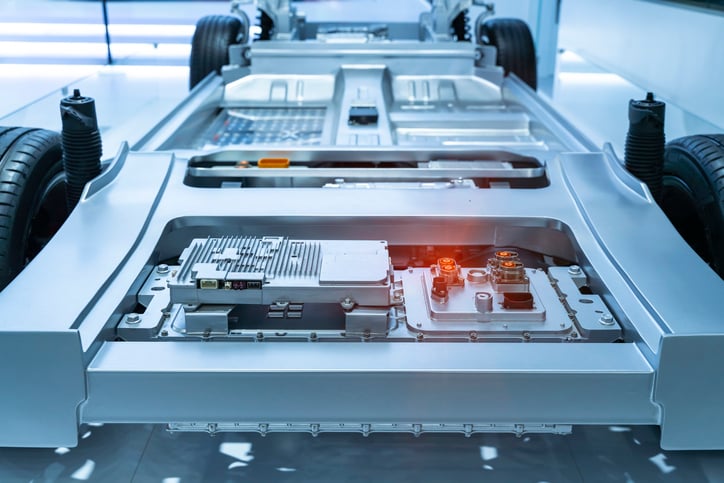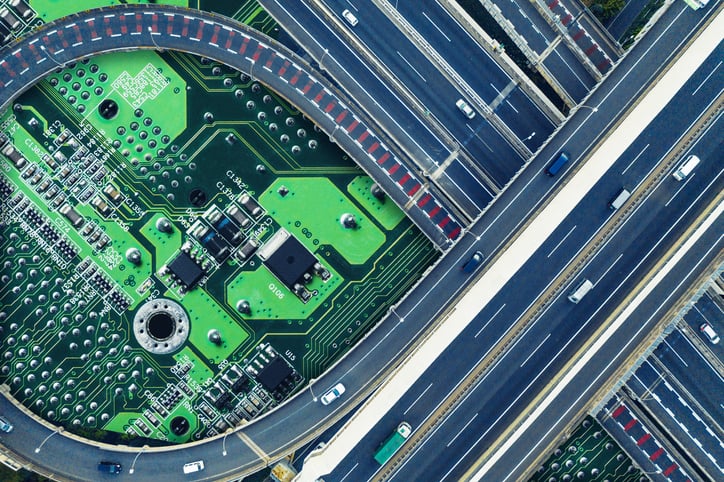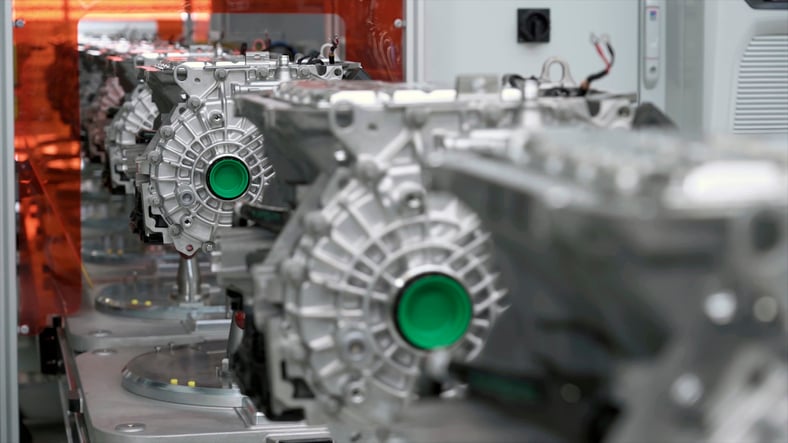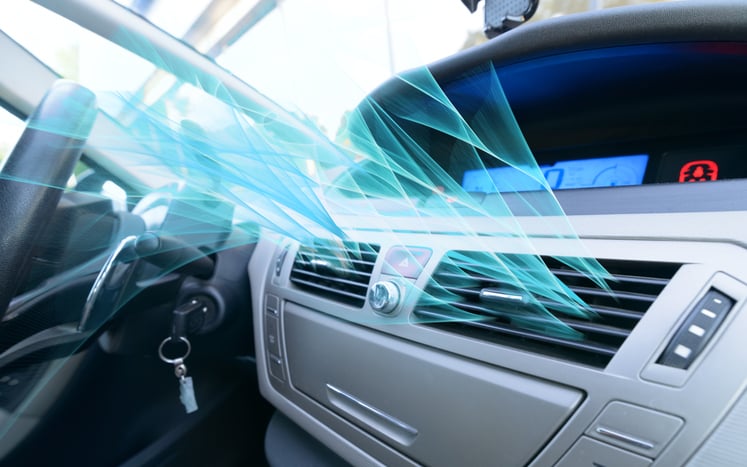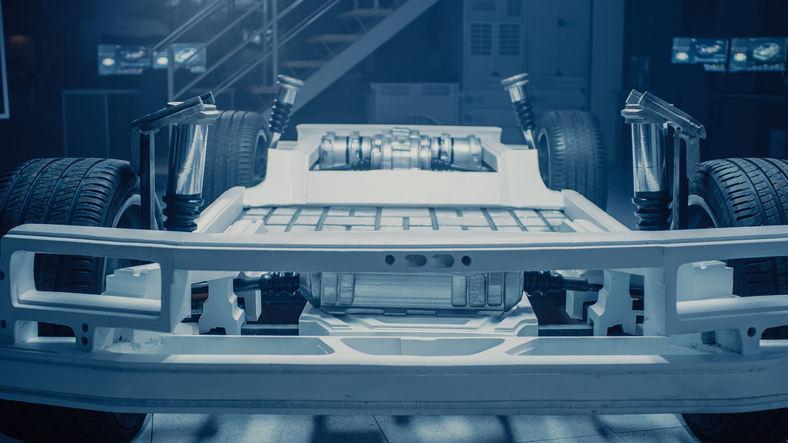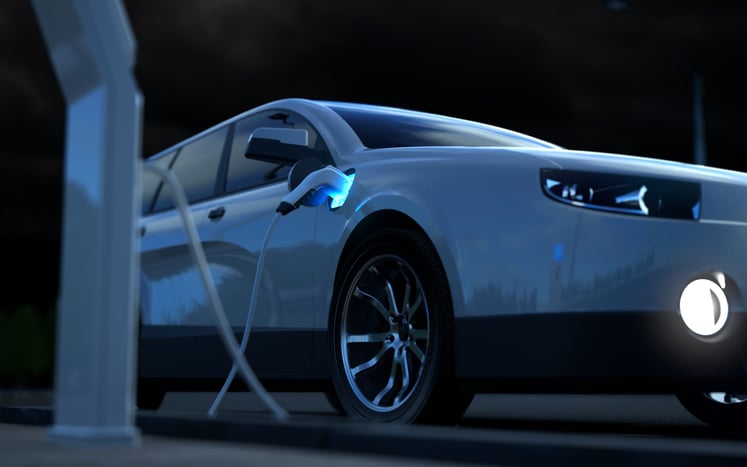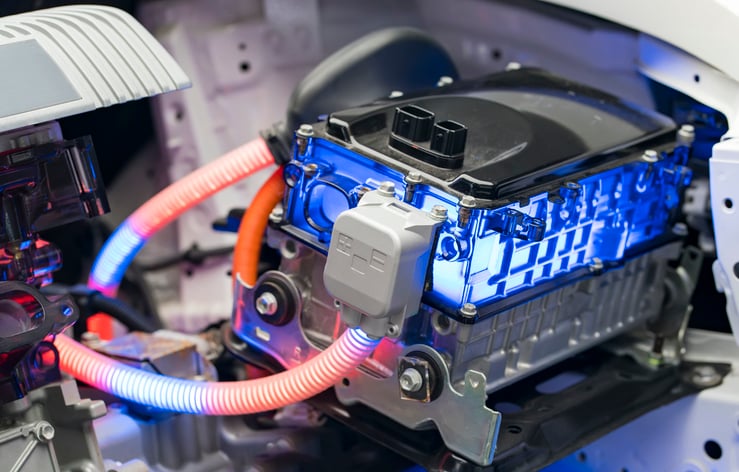Navigating Automotive Supply Chain Issues & EV Sensor Sourcing
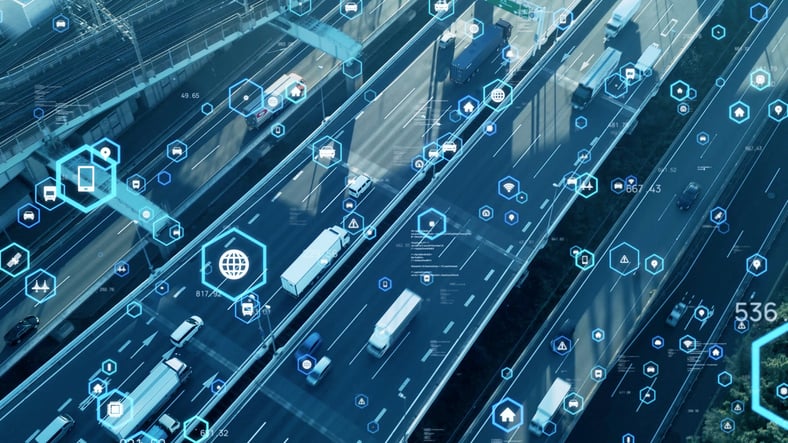
Ask any manufacturer in any industry what issue has been one of the biggest challenges since 2020 and most will say the same thing: supply chain management.
As we all found out during the onset of this decade (the COVID years), supply chains are a fragile thing.
But even without a pandemic, supply chains can make or break a production schedule.
Unfortunately, even in the best of times, there will always be some sort of supply chain challenge to overcome.


